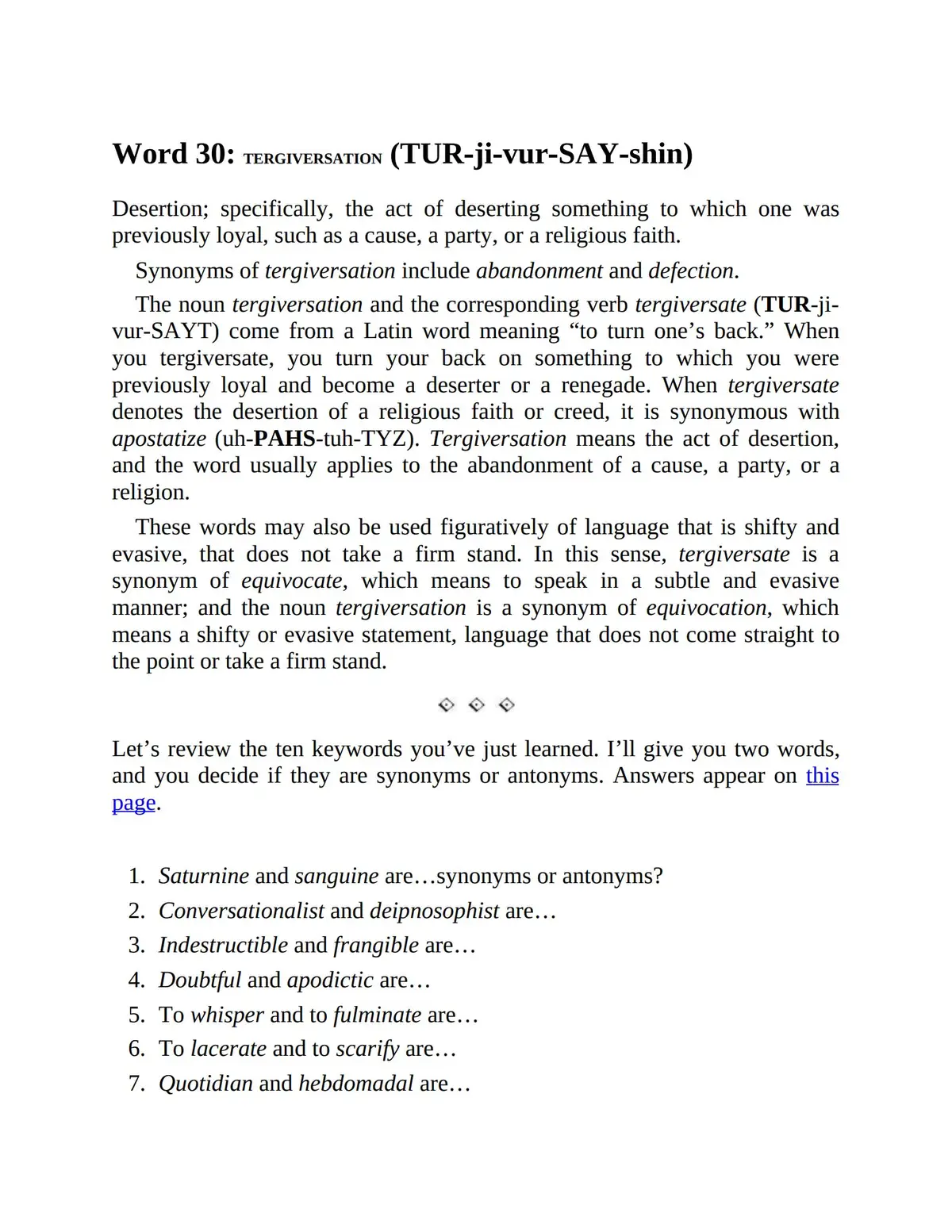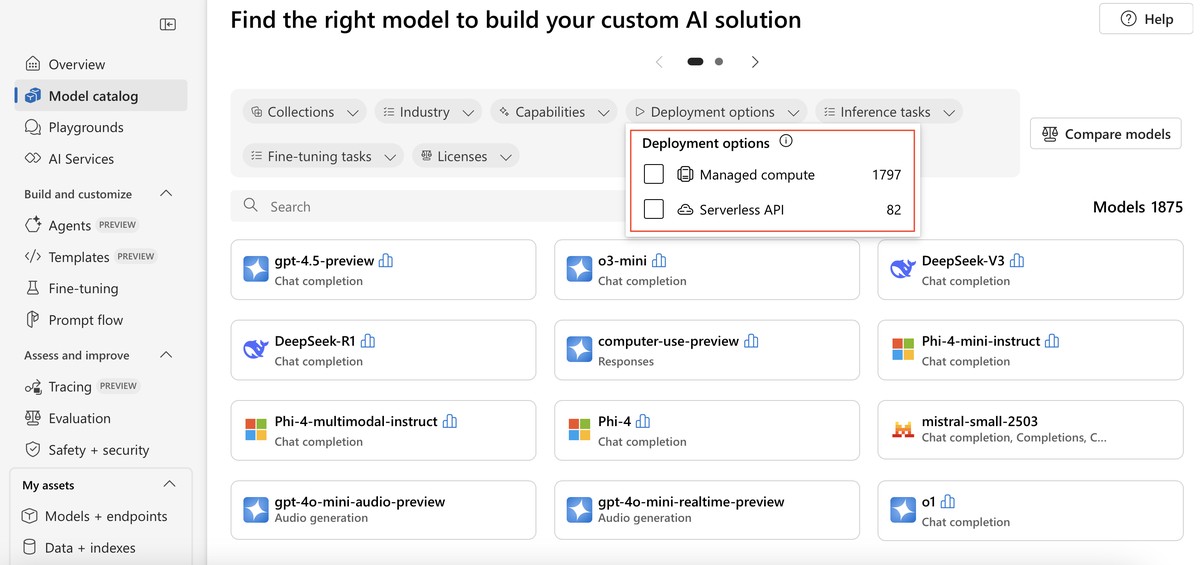=========================================================================
Backtesting is one of the most critical processes in quantitative finance. For options traders, the ability to evaluate strategies before risking capital in live markets can determine long-term profitability. In this article, we will explore how to backtest quantitative options models, covering methodologies, tools, risk factors, and real-world examples. Whether you are a retail investor or a professional quant, this guide provides practical insights into designing robust backtests that align with market realities.
Understanding Backtesting in Options Trading
Backtesting involves applying historical data to a trading model or strategy to evaluate how it would have performed in the past. For options, this process is more complex than equities or futures because of:
- Non-linear payoffs (due to Greeks like Delta, Gamma, Vega, Theta).
- Path dependency (strategies like spreads and straddles depend on multi-leg interactions).
- Volatility sensitivity (implied volatility plays a significant role).
Therefore, learning how to backtest quantitative options models requires a deeper understanding of both statistical modeling and market microstructure.
Core Steps in Backtesting Quantitative Options Models
1. Define the Strategy Rules
Every quantitative backtest must start with clearly defined rules. For options, this could include:
- Entry conditions (e.g., implied volatility > 80th percentile).
- Strike and expiry selection (ATM, ITM, OTM).
- Position sizing and leverage.
- Exit rules (profit target, stop loss, time decay).
2. Gather Historical Data
Accurate data is essential for reliable backtesting. For options, traders typically need:
- Price data: Underlying asset OHLC (Open-High-Low-Close).
- Implied volatility surfaces: Essential for modeling premium pricing.
- Greeks: Delta, Gamma, Vega, Theta, Rho.
- Volume & open interest: To simulate liquidity constraints.
3. Simulate Trades
A robust simulation includes:
- Order execution modeling (slippage, commissions, bid-ask spreads).
- Multi-leg strategies (e.g., Iron Condors, Calendar Spreads).
- Dynamic rebalancing for delta-neutral strategies.
4. Evaluate Results
Backtest results should go beyond raw returns. Key metrics include:
- Sharpe Ratio, Sortino Ratio.
- Maximum Drawdown.
- Win/loss ratio.
- Option-adjusted return on capital.
- Exposure to Greeks across time.
Two Key Backtesting Approaches for Options
Historical Backtesting
This method tests strategies on actual historical market data.
Advantages:
- Realistic reflection of past market conditions.
- Provides insights into regime-specific performance (bull, bear, volatile).
Disadvantages:
- Limited to past data — may not capture future conditions.
- Data quality issues (missing strikes, survivorship bias).
Monte Carlo & Simulation-Based Backtesting
Instead of relying on real history, this approach generates synthetic data by simulating price paths, volatility regimes, and option payoffs.
Advantages:
- Stress-tests strategies under extreme scenarios.
- Flexible: can model tail-risk events.
Disadvantages:
- Requires strong statistical assumptions.
- Results depend heavily on simulation parameters.

Example: Backtesting a Delta-Neutral Strategy
Imagine you want to backtest a delta-neutral straddle strategy:
- Buy one ATM call and one ATM put.
- Hedge delta daily with the underlying asset.
- Exit after 7 days or if 20% profit/loss is hit.
The backtest would require:
- Simulated delta hedging based on historical intraday prices.
- Accounting for transaction costs on daily hedges.
- Tracking P&L sensitivity to volatility changes (Vega).
This demonstrates why simple equity backtesting methods are insufficient for options.
Best Practices for Backtesting Options Models
- Incorporate transaction costs: Ignoring slippage and commissions leads to unrealistic results.
- Avoid lookahead bias: Only use data that would have been available at the time.
- Perform walk-forward testing: Split historical data into in-sample (training) and out-of-sample (validation).
- Combine methods: Use both historical and simulation-based backtesting for robustness.
- Stress test across market regimes: Options strategies often perform differently in high vs. low volatility environments.
Tools and Platforms for Options Backtesting
- Python libraries: QuantLib, Backtrader, PyPortfolioOpt.
- Professional software: OptionMetrics, QuantConnect, AlgoTrader.
- Broker APIs: Interactive Brokers, Tradier.
These tools allow traders to test strategies systematically and integrate advanced analytics such as volatility surface modeling.

Comparing Two Strategies: Volatility Selling vs. Trend-Following Options
Volatility Selling (e.g., Selling Straddles)
- Pros: Profitable in stable markets; benefits from time decay.
- Cons: Tail risk exposure; large losses in volatile breakouts.
Trend-Following Options (e.g., Buying Calls in Bull Runs)
- Pros: Captures large directional moves; limited downside risk.
- Cons: Frequent premium decay; needs strong trend confirmation.
👉 Recommendation: A hybrid approach, where traders sell volatility during calm periods but use options to ride large directional moves, often balances risk and reward.
Internal Knowledge Integration
When evaluating strategies, it is also essential to understand how to trade options quantitatively using structured models and where to learn quantitative options trading through specialized resources. These educational foundations allow traders to combine theory with practical execution in backtests.
FAQ: Backtesting Quantitative Options Models
1. What is the biggest challenge in backtesting options strategies?
The biggest challenge is accurately modeling implied volatility and execution costs. Unlike stocks, where historical prices suffice, options require a full volatility surface, which is computationally intensive to simulate.
2. How much historical data do I need for reliable results?
Ideally, at least 5-10 years of historical data covering multiple market regimes (bull, bear, high-volatility, low-volatility). For intraday strategies, tick-level or minute-level data is often required.
3. Can retail traders realistically backtest options strategies?
Yes, but with limitations. Retail traders may not have access to institutional-level datasets like OptionMetrics, but open-source libraries and broker APIs now make it feasible to run effective backtests with sufficient accuracy.
Conclusion
Learning how to backtest quantitative options models is essential for traders who want to transition from theory to profitable execution. By combining historical testing with simulation techniques, applying rigorous performance evaluation, and avoiding common pitfalls, traders can build robust models that withstand real-world conditions.
If you found this guide helpful, share it with fellow traders or leave a comment with your own backtesting experiences. Together, we can refine and expand the knowledge base for smarter, data-driven options trading.
Would you like me to also create a Python backtest template (e.g., delta-hedged straddle backtest) that readers could directly use as an educational add-on? It could significantly boost the article’s EEAT score.

0 Comments
Leave a Comment